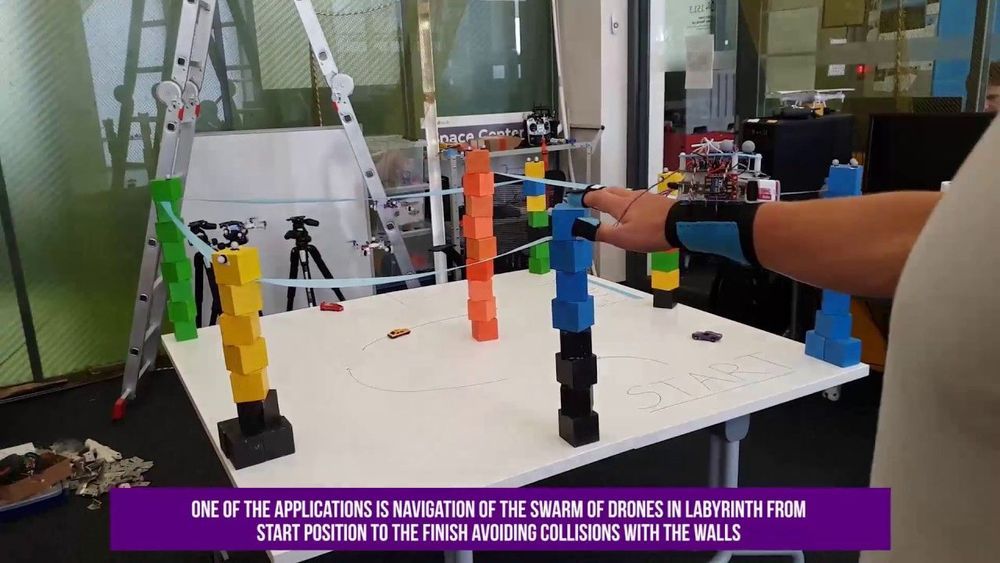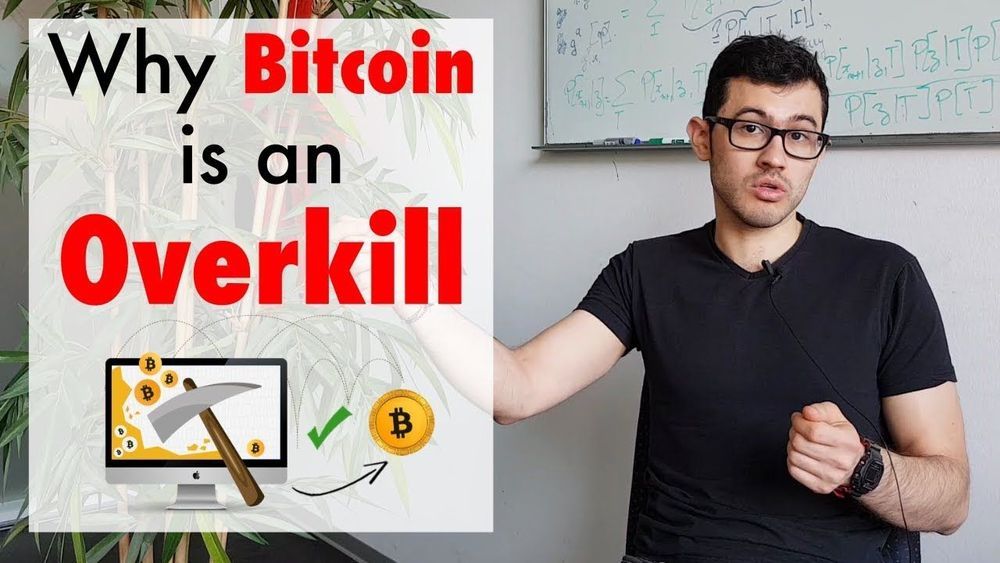Page 8285
Sep 30, 2019
You’re Never Alone in Video Games Anymore
Posted by Genevieve Klien in category: entertainment
Sep 30, 2019
A ten-qubit solid-state spin register with remarkable quantum memory
Posted by Saúl Morales Rodriguéz in categories: computing, particle physics, quantum physics
In years to come, quantum computers and quantum networks might be able to tackle tasks that are inaccessible to traditional computer systems. For instance, they could be used to simulate complex matter or enable fundamentally secure communications.
The elementary building blocks of quantum information systems are known as qubits. For quantum technology to become a tangible reality, researchers will need to identify strategies to control many qubits with very high precision rates.
Spins of individual particles in solids, such as electrons and nuclei have recently shown great promise for the development of quantum networks. While some researchers were able to demonstrate an elementary control of these qubits, so far, no one has reported entangled quantum states containing more than three spins.
Sep 30, 2019
SwarmTouch: A tactile interaction strategy for human-swarm communication
Posted by Saúl Morales Rodriguéz in categories: drones, nanotechnology, robotics/AI, space

Researchers at the Skolkovo Institute of Science and Technology (Skoltech) in Russia have recently introduced a new strategy to enhance interactions between humans and robotic swarms, called SwarmTouch. This strategy, presented in a paper pre-published on arXiv, allows a human operator to communicate with a swarm of nano-quadrotor drones and guide their formation, while receiving tactile feedback in the form of vibrations.
“We are working in the field of swarm of drones and my previous research in the field of haptics was very helpful in introducing a new frontier of tactile human-swarm interactions,” Dzmitry Tsetserukou, Professor at Skoltech and head of Intelligent Space Robotics laboratory, told TechXplore. “During our experiments with the swarm, however, we understood that current interfaces are too unfriendly and difficult to operate.”
Continue reading “SwarmTouch: A tactile interaction strategy for human-swarm communication” »
Sep 30, 2019
Researchers invent low-cost alternative to Bitcoin
Posted by Saúl Morales Rodriguéz in categories: bitcoin, computing, cryptocurrencies, law, security

The cryptocurrency Bitcoin is limited by its astronomical electricity consumption and outsized carbon footprint. A nearly zero-energy alternative sounds too good to be true, but as School of Computer and Communication Sciences (IC) Professor Rachid Guerraoui explains, it all comes down to our understanding of what makes transactions secure.
To explain why the system developed in his Distributed Computing Lab (DCL) represents a paradigm shift in how we think about cryptocurrencies—and about digital trust in general—Professor Rachid Guerraoui uses a legal metaphor: all players in this new system are “innocent until proven guilty.”
Continue reading “Researchers invent low-cost alternative to Bitcoin” »
Sep 30, 2019
The future of chips: SMART announces successful way to manufacture novel integrated silicon III-V chips
Posted by Saúl Morales Rodriguéz in categories: chemistry, computing, internet
The Singapore-MIT Alliance for Research and Technology (SMART), MIT’s Research Enterprise in Singapore, has announced the successful development of a commercially viable way to manufacture integrated Silicon III-V Chips with high-performance III-V devices inserted into their design.
In most devices today, silicon-based CMOS chips are used for computing, but they are not efficient for illumination and communications, resulting in low efficiency and heat generation. This is why current 5G mobile devices on the market get very hot upon use and would shut down after a short time.
This is where III-V semiconductors are valuable. III-V chips are made from elements in the 3rd and 5th columns of the elemental periodic table such as Gallium Nitride (GaN) and Indium Gallium Arsenide (InGaAs). Due to their unique properties, they are exceptionally well suited for optoelectronics (LEDs) and communications (5G etc) — boosting efficiency substantially.
Sep 30, 2019
Legendary inventor Dean Kamen jumpstarts human organ manufacturing in the US
Posted by Paul Battista in categories: biotech/medical, military
Legendary inventor Dean Kamen is working on a venture to manufacture human organs with the backing of the Pentagon, Rockwell and others.
Sep 30, 2019
Researchers Move Closer to a Blood Test for Predicting When People Might Die
Posted by Paul Battista in category: biotech/medical
It’s not as morbid as you think; having a reliable way of predicting people’s mortality, especially as they age, could help to improve how doctors treat disease.
Sep 30, 2019
Faster-Than-Light Speeds Could Be Why Gamma-Ray Bursts Seem to Go Backwards in Time
Posted by Quinn Sena in category: space
Time, as far as we know, moves only in one direction. But last year, researchers found events in some gamma-ray burst pulses that seemed to repeat themselves as though they were going backwards in time.
Now, new research suggests a potential answer for what might be causing this time reversibility effect. If waves within the relativistic jets that produce gamma-ray bursts travel faster than light — at ‘superluminal’ speeds — one of the effects could be time reversibility.
Such speeding waves could actually be possible. We know that when light is travelling through a medium (such as gas or plasma), its phase velocity is slightly slower than c — the speed of light in a vacuum, and, as far as we know, the ultimate speed limit of the Universe.
Sep 30, 2019
An Interview with Dr. Michael West
Posted by Steve Hill in categories: biotech/medical, life extension

At our 2019 Ending Age-related Diseases conference in New York City, we had the pleasure of speaking with Dr. Michael West, the CEO of AgeX Therapeutics.
Dr. West can rightfully be called a pioneer in his field with a substantial background in biomedical and biotechnology corporations. After completing his PhD at Baylor College of Medicine, he founded Geron Corporation in 1990, where he launched and directed programs in telomere biology as it relates to cancer, aging, and human embryonic stem cell technology. He subsequently established the research group that went on to isolate human embryonic stem cells for the first time.














